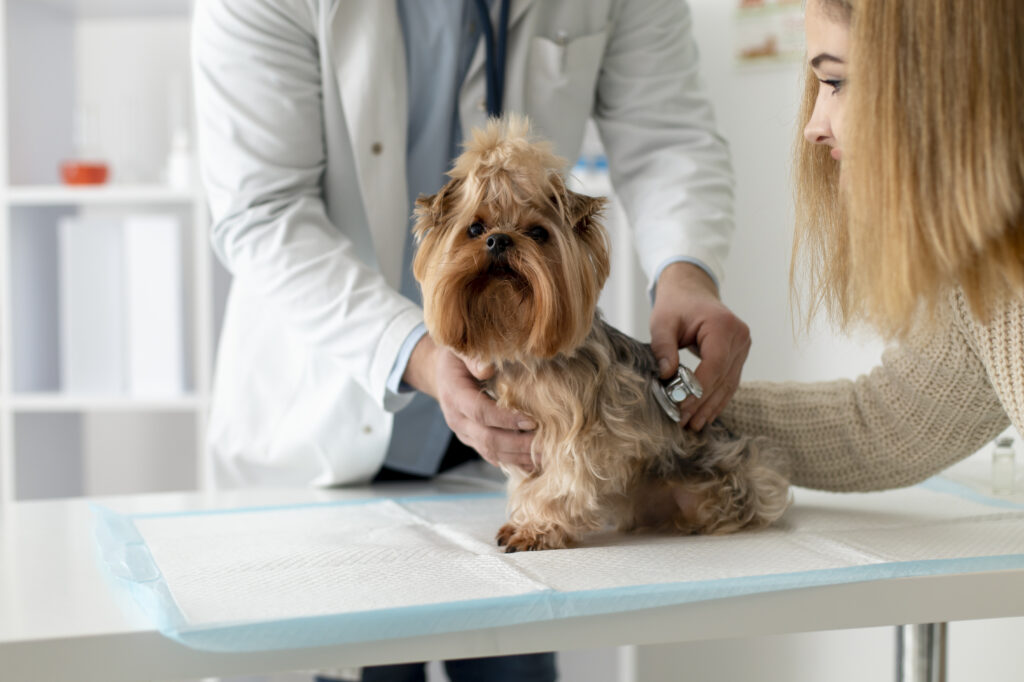Getting Your Furry Friend in Tip Top Shape
According to the State of pet health report, from 2.5 million dogs and 505,000 cat patients over the past 10 years there has been an increase in overweight pets. It has been estimated that 59% of cats and 54% of dogs in the U.S are overweight or obese. In the State Health Report Nevada ranked top 5 with 36% of obese dogs and top 7 with 38% for obesity in cats.
How do I know if my pet is overweight? Or Is your pet overweight?
If when you feel around your pet’s ribs and spine. You should be able to locate both with only a thin layer of fat separating the skin from the bones. As a rule of thumb 15% or greater is considered obese and 0-15% is considered overweight. Companion Animal rehab plus focus on portion control and high-quality, palatable dieting because just 5lbs above the ideal body weight can put your dog at risk for developing some serious medical conditions: Type 2 diabetes, Heart disease, Osteoarthritis, Increased frequency of joint injuries, High blood pressure, some forms of cancer.
What causes my pet to become over weight?
For years our furry friends have become family and we love them and care for them as we would ourselves. However, giving those extra treats here and overfeeding there has contributed to exuberating weight increase. The lack of daily activity and exercise can be detrimental in animals just as in humans for maintaining health. It is true that genetics and specific breeds carry more weight and are more prone to becoming obese.
What is safe weight loss for my pet?
A safe weight loss is about 3-5% per month. It is important to team up with your veterinarian and discuss the best nutritional plan for your pet. Then, create a regimen that you can commit to and stick with it.
Now, that my pet is over weight what to do?
Teaming up with your veterinarian for nutritional guidelines is a great start. Then, creating a plan of action for daily exercise and play time. Also, not giving end to the temptation of treat giving for your pet. There are many others was to reward your pet like more play time, toys that stimulate mental and physical needs, and/or food puzzles that help slow down how fast your pet eats while being interactive. Have fun with your pet, but most importantly be in charge of their longevity by monitoring their overall health and well- being.
Lukina Burks DVM, CVA, CCRT

